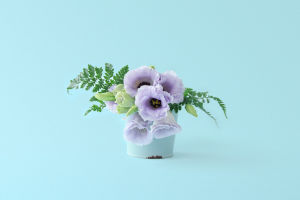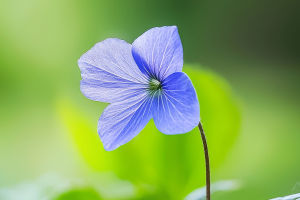Carnations, with their stunning colors and sweet fragrance, hold a special place in both gardens and cultural traditions.
Often seen at celebrations and gatherings, these flowers are more than just a decorative choice. They encapsulate stories of love, history, and even convey hidden messages.
This article delves into ten fascinating facts about carnations that might inspire a newfound appreciation for these elegant blooms.
Birthday Blooms
A delightful surprise for those born in January, carnations are designated as the official birth flower of this month. Gifted in vibrant shades, they can carry heartfelt sentiments, making them a perfect birthday present. Their bright hues can brighten up any celebration and symbolize the joy of life.
Anniversary Symbol
When it comes to celebrating a first wedding anniversary, look no further than the lovely carnation. Traditionally, this flower stands for the enduring love shared between couples.
Opting for a bouquet of rich red carnations can express emotions that words sometimes fail to convey, making this option a cherished token on such a meaningful occasion.
Edible Delicacies
Beyond their floral beauty, carnations possess an edible quality that intrigues many. Although not the usual ingredient in a meal, their petals can be incorporated into salads or as decorative components on pastries, adding a touch of elegance and flair.
Victorian Secrets
In romantic times gone by, carnations served as messengers for those in love. During the Victorian era, individuals communicated secret messages through code, using the presence of carnations to indicate a romantic interest.
A simple red flower may mean 'yes', while a yellow one indicated 'no', showcasing the creative, albeit covert, ways in which lovers expressed their feelings.
Divine Connections
Known as the "flower of the gods," carnations derive their scientific name, dianthus, from the Greek words for Zeus and flower. This celestial association hints at their revered status, representing beauty and divine appreciation in the floral world.
Academic Tradition
At the esteemed Oxford University, carnations hold significance for students taking exams. A white flower marks the beginning of their testing journey, transitioning to pink for subsequent exams, and finally a red one for the last hurdle.
This quirky tradition blends academic ritual with botanical charm, a delightful sight as students prepare for their futures.
Medicinal Uses
Aside from their aesthetic charm, carnations are believed to possess medicinal properties. Historically, they have been utilized for various ailments, including skin issues and muscle tension.
While modern solutions are often preferred, this floral remedy showcases the multifaceted uses of these blooms throughout history.
Funeral Tributes
In France, carnations are commonly seen in funeral arrangements. While this might seem somber, it highlights the deep respect and given to those who have passed. The emotional weight carried by these flowers emphasizes their significance in various cultural practices.
National Symbol
Representing three nations—Spain, Monaco, and Slovenia—the carnation holds the title of a national flower. Celebrated for its beauty, it weaves through traditional celebrations, street festivals, and artistic representations, demonstrating the flower's role in cultural heritage.
Parents Day Love
In South Korea, Children’s Day highlights the gratitude toward parents with the gift of red and pink carnations. This vibrant expression of love signals appreciation and respect, transforming these simple flowers into symbols of family bonds and devotion.
Overall, the world of carnations is rich and varied, seeped in traditions and meanings that enhance their allure. From loving gestures on birthdays and anniversaries to their ethereal presence in academic and cultural practices, carnations undeniably bring joy and beauty into everyday life.


